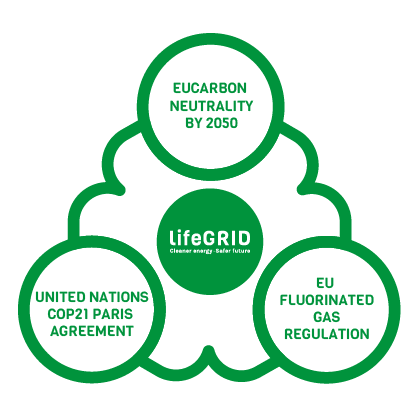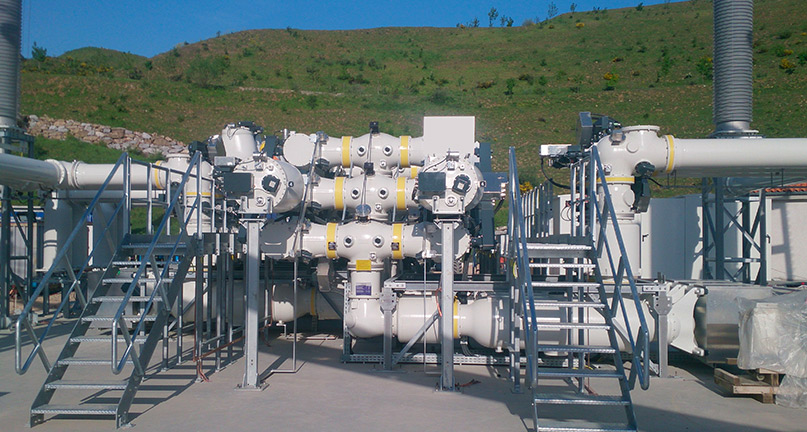The Project
About
THE LIFE PROGRAMME :
A EUROPEAN INITIATIVE
The LifeGRID project is supported by the European Union.
LIFE is a European programme-funding initiative to protect the environment and the climate. It encourages projects that enable the use of alternatives to SF6 with a low impact on the climate. The European LIFE programme recognises the potential of GE’s g3 gas project to help significantly reduce greenhouse gas emissions.
GE Grid Solutions thus receives funding from the European Commission as part of its climate action programme to contribute to the development of a 420-kilovolt and 63-kiloamperes gas-insulated substation (GIS) without sulphur hexafluoride (SF6).

The LifeGRID project complies fully with all the regulations and initiatives aiming to limit global warming
At European level :
> The new European Green Deal aims to make Europe the first climate-neutral continent by 2050
> The regulations on fluorinated gases (“F gases”) are designed to reduce the use of greenhouse gases, including SF6.
At United Nations level :
> The Kyoto protocol, adopted in 1997, listed SF6 as one of the most powerful greenhouse gases.
> The Paris agreement, adopted at COP21 (COP stands for Conference of the Parties), has been signed by 197 countries pledging to submit plans to reduce their greenhouse gas emissions.
At country level :
> Some states have adopted national measures to manage SF6 in their territories. In the UK, for example, Ofgem, the gas and electricity market regulator, is rolling out “green energy” programmes on behalf of the government. One of these programmes, RIIO-T2, aims to encourage the installation of SF6-free equipment on the British electricity grid.


LifeGRID : What is it ?
As part of the LIFE programme, a European funding instrument for initiatives to preserve the environment and limit global warming, GE’s Grid Solutions is launching the LifeGRID project to enable electricity transmission and distribution companies to reduce their CO2 emissions.


What is LifeGRID for ?
In response to climate change, GE Grid Solutions is committed to reducing greenhouse gas emissions. We have created g3, a gas for high-voltage electricity grid equipment. The mass of gas contained in high-voltage equipment using g3 has a CO2 equivalent 99% lower than SF6.


LifeGRID : How does it work ?
LifeGRID contributes to reducing greenhouse gas emissions thanks to the development of new 420-kilovolt switchgear using g3 gas.
What are electricity substations and high-voltage switchgear?
To transfer electricity safely throughout the grid, from the power station to the end customer, electrical substations are used to transform the high voltage into medium and then low voltage, and vice versa. They are also used to secure and route flows of energy. High-voltage electricity substations act as interconnections in electricity transmission grids. Inside a substation, high-voltage circuit breakers are protective equipment used to switch the flow of current if there is a problem on the network. 420-kilovolt high-voltage circuit breakers are found, for example, in substations along long-distance electrical lines.

Example of a 420-kilovolt gas-insulated circuit breaker used in a high-voltage substation.

The 420-kilovolt switchgear developed as part of the LifeGRID project:
The goal of the LifeGRID project is to develop 420-kilovolt, 63-kiloamp switchgear that will operate using g3 technology rather than SF6. g3 is a mixture of gases used, like SF6, for dielectric insulation and as arc quenching medium inside the switchgear. Using g3 reduces the climate impact of the gas in the switchgear by almost 100%. The development of the 420-kilovolt g3 gas-insulated circuit breaker demonstrates that the g3 technology can be applied to all the other power grid voltage levels in Europe, opening the way for significant reductions in greenhouse gas emissions. Once its design is completed, the g3 switchgear should be the first SF6-free 420-kilovolt gas-insulated substation switchgear in the world.

Exemple de poste éléctrique de 420 kilovolts isolé au gaz.

LifeGRID : Some figures
To evaluate and compare the climate impact of greenhouse gas emissions, they need to be compared with CO2 emissions on the basis of their calculated CO2-equivalent value (CO2e)
CLIMATE IMPACT OF THE LifeGRID PROJECT
(Estimates)
The LifeGRID circuit breaker will be installed in high-voltage substations containing other electrical equipment which will also be encapsulated in gas-insulated compartments (see above).
The 420-kilovolt substations contain on average 10 bays and 1 km of gas-insulated lines. They have an operating life of at least 40 years.
This is an estimate of the CO2e emissions avoided by using a 420-kilovolt substation over 40 years:

Using g3 gas leads to a drastic reduction, of about 99%, in the equipment’s CO2 emissions. But equally importantly, it retains the size of the initial SF6 equipment, meaning that the carbon footprint of the equipment can be kept at its lowest level throughout its lifetime. This has already been demonstrated by environmental life cycle analyses (LCA) conducted on the existing range of g3 products.
The development of the 420-kilovolt g3 gas-insulated switchgear will demonstrate that this technology can be applied to all the other electrical grid voltage levels in Europe, opening the way for significant reductions in greenhouse gas emissions.
As new equipment is commissioned, more and more CO2e emissions will be avoided.
Stages of the project
Stage 1 > Preparatory actions
Stage 2 > Developing the key components of the SF6-free high-voltage switchgear
Stage 3 > Replicating the technology for other bay components
Stage 4 > Cooperating with a high-voltage network operator to set up a pilot
Stage 5 > Preparing for adoption on all European high-voltage networks

The team
1 > Project management
2 > Preparatory actions
3 > Designing the switchgear and other substation components
4 > Evaluating the impact of the project
5 > Communication, networking, stakeholder engagement

